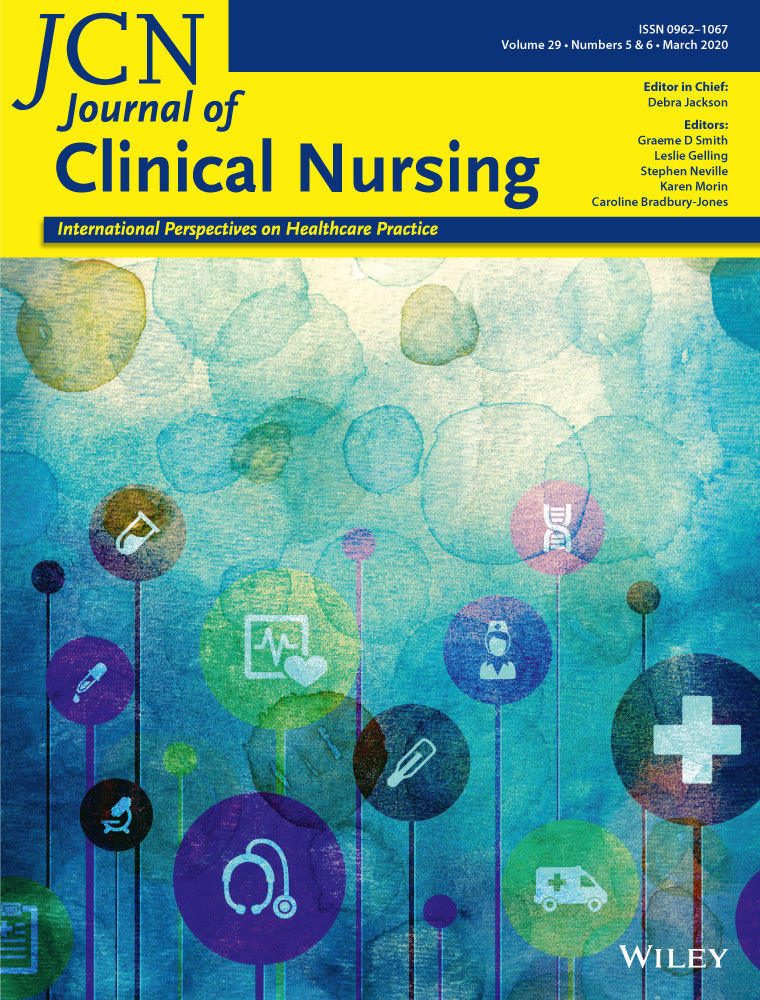Implementation of a multifaceted nurse-led intervention to reduce indwelling urinary catheter use in four Australian hospitals: A pre- and postintervention study
Funding information
Funding for the project has been granted through the NSW Ministry of Health Translational Research Grants Scheme.
Abstract
Aims and objectives
This study aimed to reduce indwelling urinary catheter (IDC) use and duration through implementation of a multifaceted “bundled” care intervention.
Background
Indwelling urinary catheters present a risk for patients through the potential development of catheter-associated urinary tract infection (CAUTI), with duration of IDC a key risk factor. Catheter-associated urinary tract infection is considered preventable yet accounts for over a third of all hospital-acquired infections. The most effective CAUTI reduction strategy is to avoid IDC use where ever possible and to remove the IDC as early as appropriate.
Design
A cluster-controlled pre- and poststudy at a facility level with a phased intervention implementation approach.
Methods
A multifaceted intervention involving a “No CAUTI” catheter care bundle was implemented, in 4 acute-care hospitals, 2 in metropolitan and 2 in rural locations, in New South Wales, Australia. Indwelling urinary catheter point prevalence and duration data were collected at the bedside on 1,630 adult inpatients at preintervention and 1,677 and 1,551 at 4 and 9 months postintervention. This study is presented in line with the StaRI checklist (see Appendix S1).
Results
A nonsignificant trend towards reduction in IDC prevalence was identified, from 12% preintervention to 10% of all inpatients at 4 and 9 months. Variability in preintervention IDC prevalence existed across hospitals (8%–16%). Variability in reduction was evident across hospitals at 4 months (between −2% and 4%) and 9 months (between 0%–8%). Hospitals with higher preintervention prevalence showed larger decreases, up to 50% when preintervention prevalence was 16%. Indwelling urinary catheter duration increased as more of the short-term IDC placements were avoided.
Conclusions
Implementation of a multifaceted intervention resulted in reduced IDC use in four acute-care hospitals in Australia. This result was not statistically significant but did reflect a positive trend of reduction. There was a significant reduction in short-term IDC use at 9 months postintervention.
Relevance to clinical practice
Clinical nurse leaders can effectively implement change strategies that influence patient outcomes. Implementation of the evidence-based “No CAUTI” bundle increased awareness of appropriate indications and provided nurses with the tools to inform decision-making related to insertion and removal of IDCs in acute inpatient settings. Working in partnership with inpatients and the multidisciplinary team is essential in minimising acute-care IDC use.
CONFLICT OF INTEREST
No conflict of interest has been declared by the authors.




